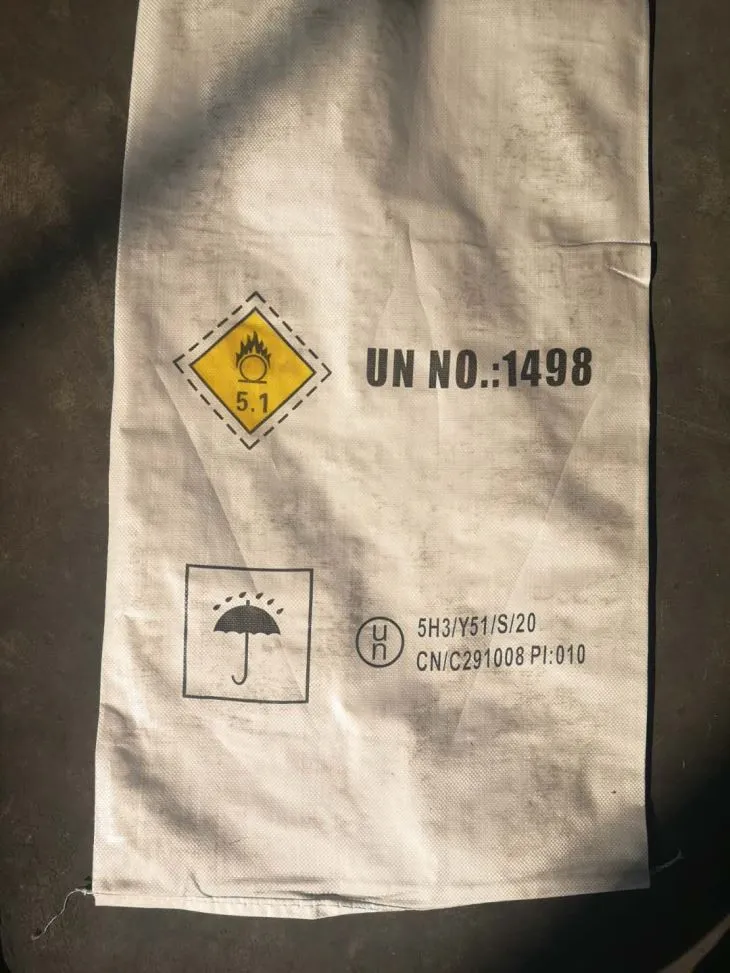



sodium bisulfate safety
Sodium Bisulfate Safety A Comprehensive Overview
Sodium bisulfate, also known as sodium hydrogen sulfate (NaHSO4), is a white crystalline powder commonly used in various industries, including food production, cleaning, and water treatment. While sodium bisulfate serves many beneficial purposes, it is essential to understand its safety profile to ensure proper handling and minimize health risks.
Chemical Properties and Applications
Sodium bisulfate is an acidic salt formed by the neutralization of sulfuric acid with sodium bicarbonate or sodium carbonate. It is often employed as a pH reducer in swimming pools, a cleaning agent in household products, and a food additive to enhance acidity. Its versatility makes it a popular choice in various sectors, but these properties also necessitate careful handling.
Health Hazards
1. Skin and Eye Irritation Sodium bisulfate can cause irritation upon contact with skin and eyes. The acidic nature of the compound may lead to redness, burning, and discomfort. In severe cases, contact with concentrated forms may result in chemical burns. It is advised to wear appropriate personal protective equipment (PPE) such as gloves and safety goggles when handling the substance.
2. Respiratory Concerns Inhalation of sodium bisulfate dust or aerosolized particles can irritate the respiratory tract, leading to symptoms like coughing, sneezing, and difficulty breathing. Prolonged or high-level exposure may exacerbate these effects, particularly for individuals with pre-existing respiratory conditions.
3. Ingestion Risks Ingesting sodium bisulfate can be harmful, potentially leading to gastrointestinal irritation, nausea, and vomiting. Ingesting large quantities can result in more severe complications, including burns to the digestive tract. Immediate medical attention is essential in such cases.
Environmental Concerns
sodium bisulfate safety

Sodium bisulfate is soluble in water and can lower the pH of aquatic environments. While it is used to treat acidic water in some applications, improper disposal could harm local ecosystems by adversely affecting aquatic life. Care should be taken to avoid environmental contamination, and it is important to follow local regulations regarding waste disposal.
Safe Handling and Storage
1. Personal Protective Equipment (PPE) When handling sodium bisulfate, using appropriate safety gear is crucial. Gloves, safety goggles, and protective clothing should be worn to prevent skin and eye contact. In environments where dust might be generated, a mask that conforms to NIOSH or equivalent standards is advisable.
2. Storage Conditions Sodium bisulfate should be stored in a cool, dry place, away from incompatible materials like strong bases and oxidizers. Containers should be tightly sealed to prevent moisture absorption, which can lead to the formation of corrosive acids. Always label containers clearly to avoid accidental misuse.
3. Spill Response In the event of a spill, it is important to follow established protocols for cleanup. Avoid inhaling dust and ensure adequate ventilation. Using inert materials such as sand or vermiculite can help absorb the substance, which should then be disposed of as hazardous waste according to local regulations.
4. Training and Education Employees handling sodium bisulfate should be trained on its hazards and safe use practices. Material Safety Data Sheets (MSDS) should be readily available and reviewed regularly to ensure compliance with safety standards.
Conclusion
Sodium bisulfate is a valuable chemical with various applications, but it poses certain health and environmental risks that must be managed effectively. By implementing appropriate safety measures, including the use of PPE, careful storage practices, and comprehensive training, individuals and organizations can significantly reduce the potential hazards associated with this chemical. Awareness and education are key components in promoting a safe working environment and ensuring that sodium bisulfate is used effectively and responsibly. Proper safety protocols not only protect individual health but also play a crucial role in safeguarding the environment.
-
Why Sodium Persulfate Is Everywhere NowNewsJul.07,2025
-
Why Polyacrylamide Is in High DemandNewsJul.07,2025
-
Understanding Paint Chemicals and Their ApplicationsNewsJul.07,2025
-
Smart Use Of Mining ChemicalsNewsJul.07,2025
-
Practical Uses of Potassium MonopersulfateNewsJul.07,2025
-
Agrochemicals In Real FarmingNewsJul.07,2025
-
Sodium Chlorite Hot UsesNewsJul.01,2025










